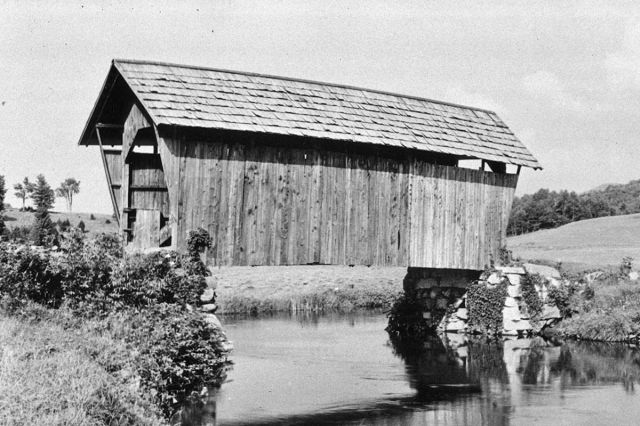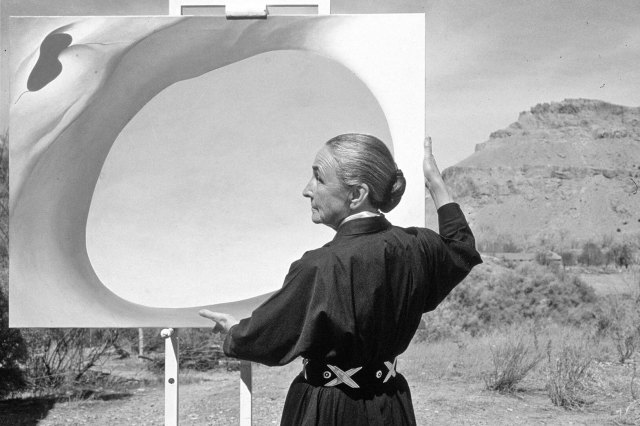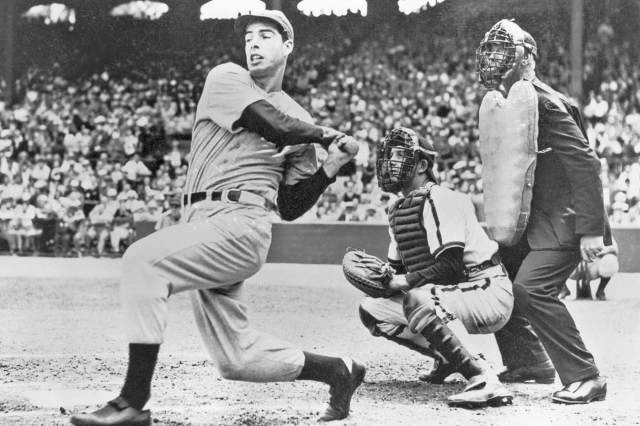The phrase “raise a toast” refers to actual toasted bread.
By the Middle Ages, the custom now known as a “toast” had evolved from its ancient Greek origins and was common in Europe, and the medieval era’s culinary habits contributed to its eventual name. Many meals at the time included a piece of soaked bread or toast (known as “sop”), and during the holiday season in England, communal bowls filled with a warm, spiced alcoholic drink such as mulled cider or ale were common. They were known as wassail bowls, a name derived from the Anglo-Saxon greeting of “waes hael,” meaning “be well” or “be in good health.” Wassail bowls were garnished with slices of toasted, spiced bread.
Some theories suggest the toast was used to augment the drink’s flavor or to serve as an accompanying snack — not hard to believe given the prevalence of sops. But it possibly had another purpose: In some cider-producing regions, the wassail tradition also included a blessing for good crops from farmers’ apple trees, during which villagers hung pieces of wassail-soaked toast in the branches for the robins. Throughout the 17th century, the word “toast” became distanced from just the charred drink topper. By the 18th century, according to linguist Dan Jurafsky, English dinner parties often honored a guest as the “toast” of the night, a tradition that eventually evolved into the verb “to toast.”















